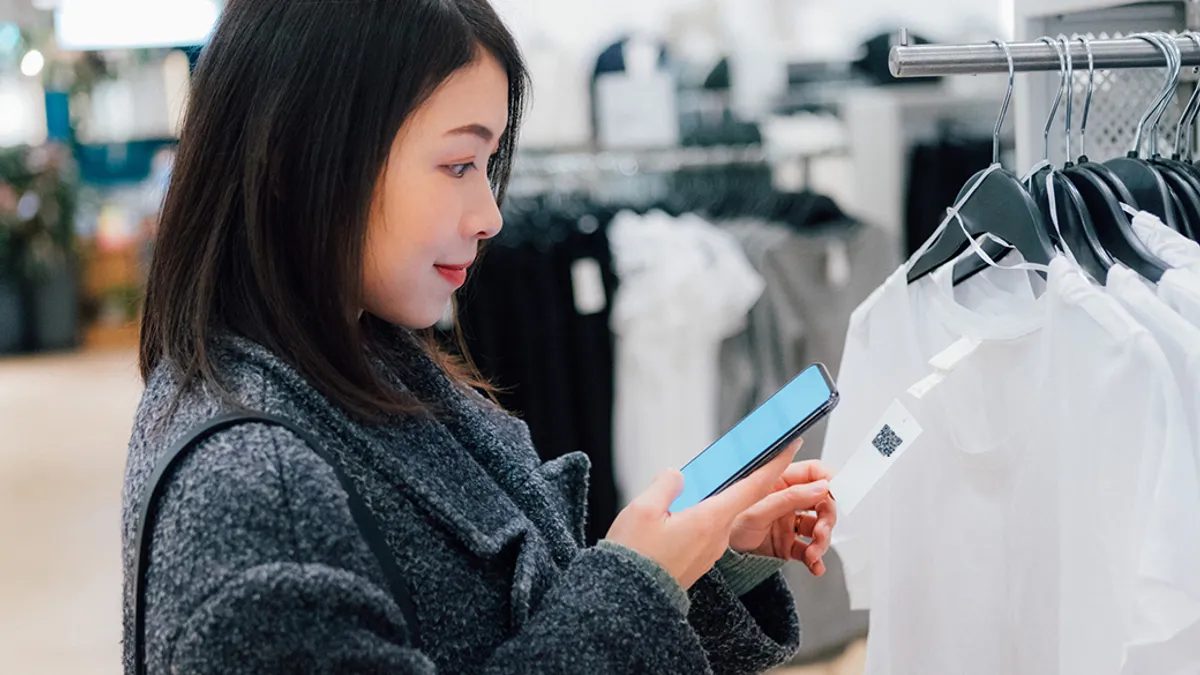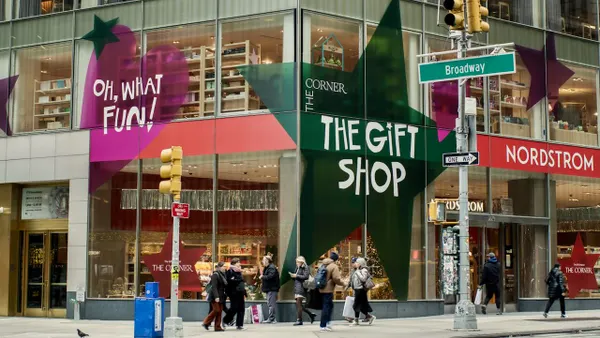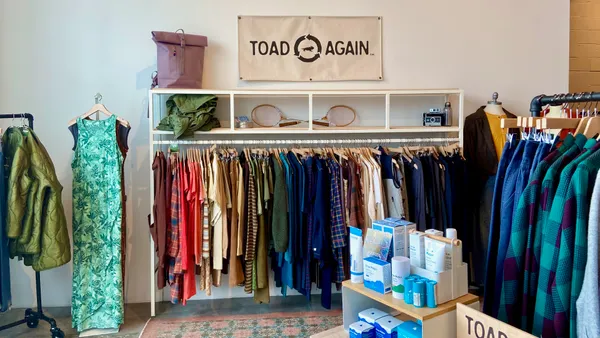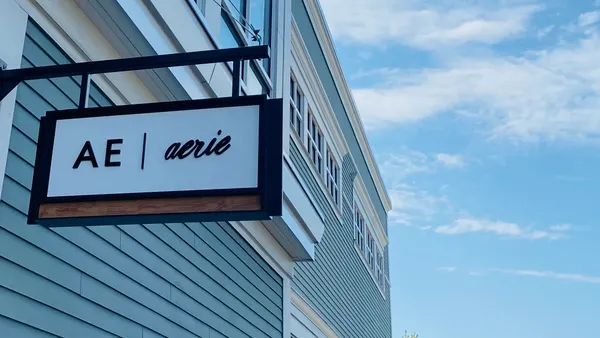When personalization works, it feels seamless. But when it misses—like receiving offers for products you’ve already bought or irrelevant recommendations—it creates a disconnect. Personalization is incredibly powerful when done right, yet many retail businesses today are falling short.
In a 2024 study, Deloitte found that 80% of consumers prefer brands that offer personalized experiences, and those customers spend 50% more with brands that provide them. However, there’s a clear disconnect—while 92% of retailers believe they offer effective personalization, only 48% of consumers agree.
This gap presents an opportunity for retailers to fine-tune their approach and leverage data to create tailored in-store experiences that genuinely connect with their customers, both offline and online.
Why personalization matters
Personalization has remained a key focus in retail for years, and for good reason. It’s not just about making customers feel valued. Personalized omnichannel interactions can drive significant business benefits, including increased loyalty, lower acquisition costs and improved customer lifetime value.
When shoppers feel recognized and appreciated, they’re more likely to return, recommend the brand and engage with future campaigns. In fact, a McKinsey report found that 71% of customers expect personalization, and 76% are frustrated when interactions are not personalized.
Getting personalization right in retail
How can retailers put personalization into practice? What type of data and insights are needed to start creating these tailored customer experiences? Luckily, retailers don’t need a massive database or an infinite budget to get started.
Simple, accessible technology can help retailers gather insights quickly. From targeted SMS campaigns with trackable short links to localized promotions driven by QR Codes, data-powered personalization can significantly improve retail experiences. The key is leveraging real-time data to understand customer preferences and behaviors.
How to implement personalization in stores
1. Use data for localized promotions
Retailers can use geographic data to deliver location-based offers to shoppers. For example, large retailers like grocery stores are using QR Codes on in-store signage to offer customers local promotions and limited-time discounts.
Shoppers can scan the codes and instantly access relevant deals, while the store collects scan data, like the exact time and location of each scan. This lets retailers offer personalized experiences while also gaining insights into the effectiveness of their in-store promotions across hundreds of retail locations.
2. Enhance product recommendations
Successful brands take advantage of every opportunity to showcase more of what they have to offer—whether that’s exclusive content or complementary product recommendations. Retailers can elevate the in-store shopping experience by leveraging technology that bridges the physical and digital worlds.
Curology, a personalized skincare brand, uses QR Codes on hang tags in Target stores for products like their Gentle Cleanser, which don’t come in unit cartons. Shoppers can scan these codes to access personalized skincare offers, including product recommendations and special deals on their mobile devices.
3. Offer convenience and encourage loyalty with SMS
Retailers can take personalization to the next level by integrating SMS messages into their marketing strategies. For example, a clothing retailer might send a personalized SMS to a customer right after visiting a store, offering a special discount or inviting them to join their loyalty program.
By including branded, trackable short links in these messages, retailers can easily monitor engagement—identifying how many customers clicked and acted on the offer within a specific time frame. For retailers that offer in-store pickup, SMS is also an excellent way to send personalized order tracking links.
Customers can easily access real-time updates on their order status, making the process more convenient and keeping them engaged with the brand throughout their shopping journey—even if that journey started at home.
The future of personalization in retail
As customer expectations continue to evolve, personalization will remain a key driver of retail success. Small efforts, like using trackable links in SMS or QR Codes in-store, can create more personalized experiences that resonate with shoppers. By leveraging technology and making incremental adjustments, retailers can tailor their offerings and keep customers coming back, without needing to go overboard with data.










